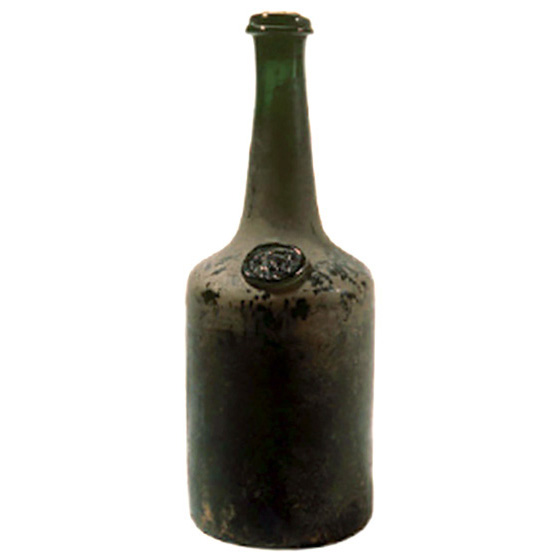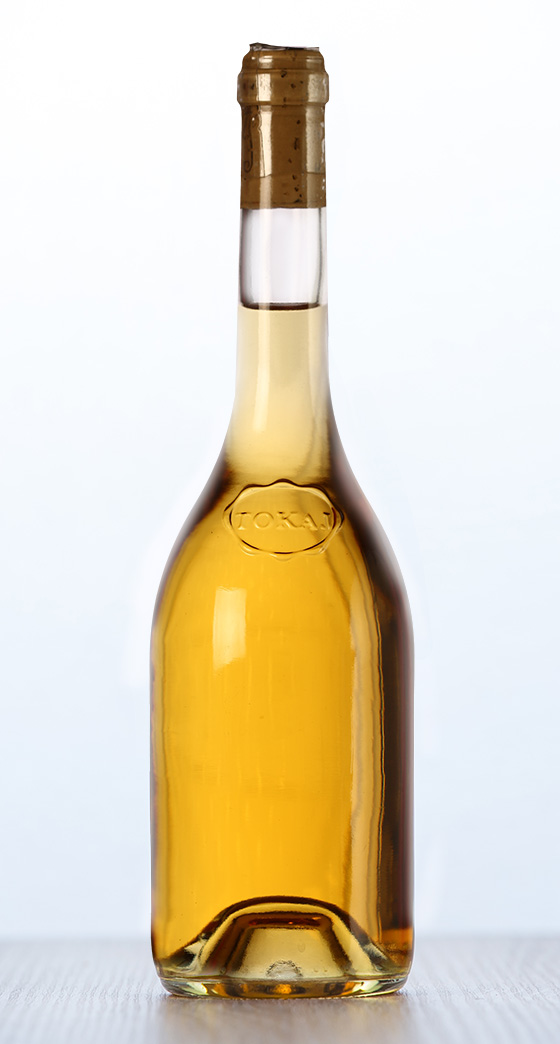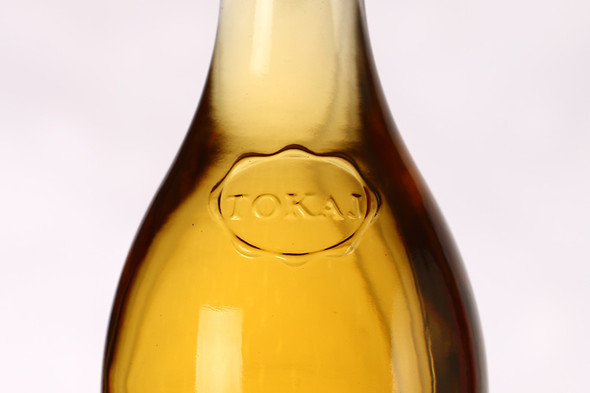This article differs a little from the previous ones as it contains a kind of chronological presentation.
Bottles have been used for storage since the 19th century and have become indispensable in wine production. At first, only special wines from exceptionally good vintages were bottled. The first milestone in the history of Tokaj wine is probably the year of 1840 when 40 glass bottles were already made in the furnaces. A mould is an absolute necessity for the manufacturing of the bottle to ensure a consistent shape and volume and to significantly accelerate the production process. In the 19th century, there was not a single uniform mould; four different types of bottles were produced. The pear-shaped, tapering bottles similar to a milk bottle were less widespread. The storage part of round bottles – reminiscent of the feeling of the Middle Ages – is generally one third of the whole vessel and its neck narrows suddenly. The most common Tokaj wine bottle is cylindrical with a short, funnel-shaped neck. The fourth shape is rectangular, with its neck making up one third. This latter type of bottle has been in constant use since the beginning of the 19th century and may be regarded as the predecessor of the Tokaj wine bottles.

It is evident that neck became longer when the bottles were made narrower for wine racks. The new shape was made using a mould. However, the transportation and storage of such rectangular bottles were frequently problematic; therefore, cylindrical bottles took over. The final shape, which is still used today, appeared in 1830.
Due to the later development of printing technology, in the 1800s many used the so-called property tag when storing and selling Tokaj aszú wine. These tags were made when the bottles were blown.
The property tags were replaced by labels and, starting from 1891, the bottles containing 500–700ml were all required to store half a litre of liquid due to the authentication laws.
The same year, i.e. 1891, was significant in Tokaj-Hegyalja as this was when the use of the uniform, 500ml cylindrical bottles was made mandatory. Previously, many different kinds, shapes and sizes of bottles were used for the storage and distribution of Tokaj aszú wines.
For me, it’s natural that the Tokaji aszú wine bottles are like they are. When writing this article, however, I realised that it took 700 years to find their perfect, final shape. I also understood, while reading historical descriptions, that the Tokaj sign is a kind of tribute to the old property tags used and is not only for differentiation purposes.






